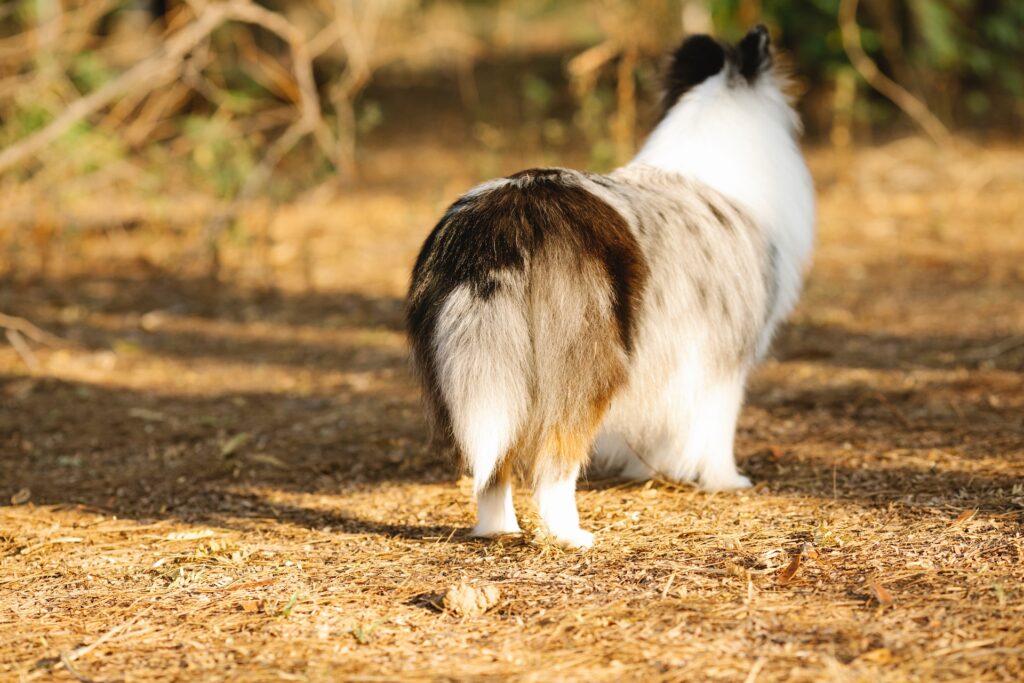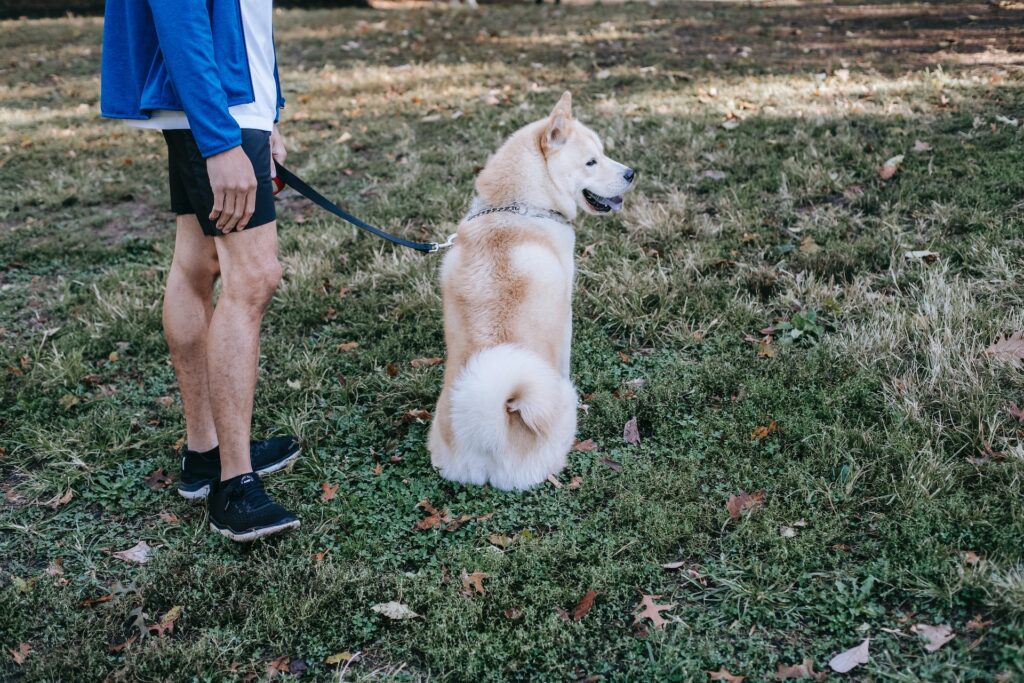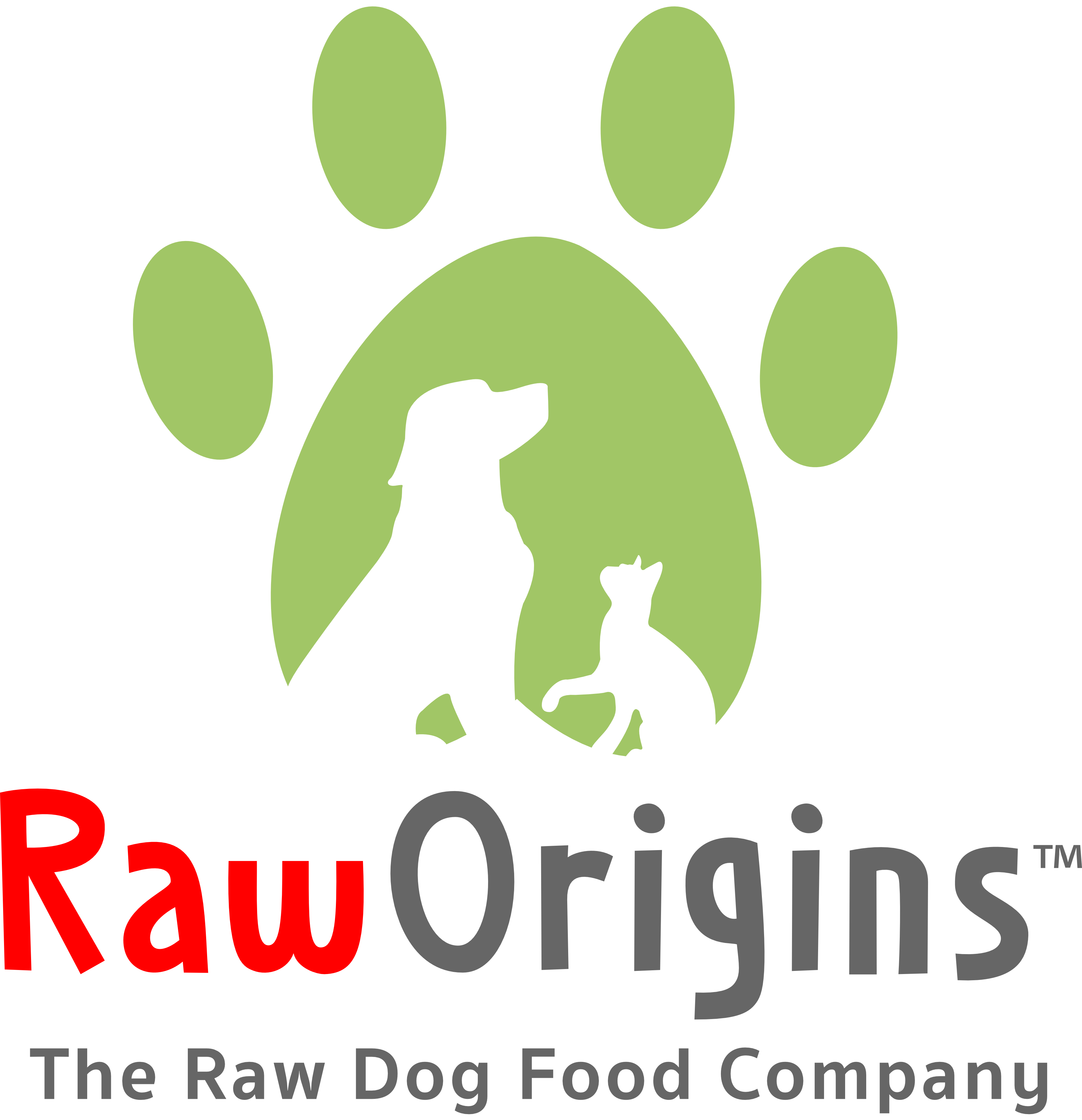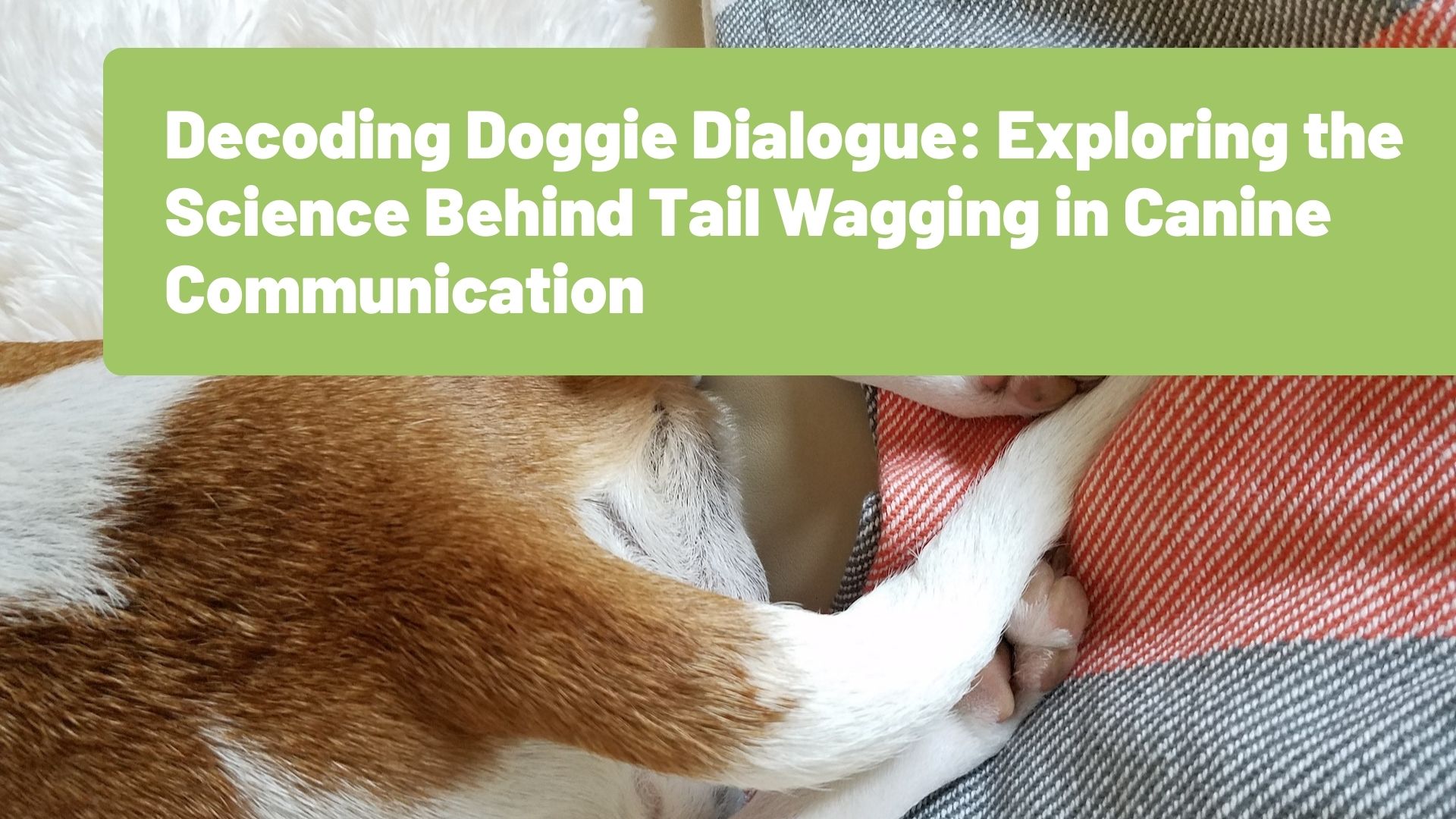As dog lovers, we’ve all experienced the joy of seeing our furry friends wag their tails.
It’s an unmistakable sign of happiness and excitement, but have you ever wondered if there’s more to it than meets the eye? In this blog post, we’ll dive deep into the science behind tail wagging in canine communication. Get ready to decode your dog’s wagging tail and gain a deeper understanding of what they’re trying to tell you.
The Mechanics of Tail Wagging
Before we delve into the science, let’s start with the basics. Tail wagging is a fundamental form of communication for dogs. It’s the way they express their emotions and convey messages to other dogs and humans. The mechanics of tail wagging are quite fascinating:
Direction Matters
The direction in which a dog wags its tail can reveal a lot about its emotions. When a dog wags its tail to the right, it often indicates positive feelings such as happiness and excitement. Conversely, a leftward wag can signal fear or anxiety.

Height and Speed
The height and speed of the tail wag are also significant. A high, fast wag often signifies enthusiasm, while a slow, low wag may indicate submission or uncertainty.
Stiffness vs. Fluidity
A stiff, rigid tail wag may suggest aggression or tension, while a loose, fluid wag is generally a sign of relaxation and friendliness.
Whole Body Language
It’s essential to consider the context of the tail wag within the context of the dog’s entire body language. The tail is just one part of the puzzle, and other cues like ear position, posture, and facial expressions should be taken into account.
Understanding Emotional States
Now that we’ve covered the mechanics of tail wagging, let’s explore the emotional states that dogs convey through their wagging tails:

Happiness and Excitement
The classic “full-body wag” with a tail held high is a clear sign of a happy and excited dog. They’re thrilled to see you or engage in play.
Fear and Anxiety
When a dog tucks its tail between its legs and wags it nervously, it’s likely feeling fearful or anxious. This is a signal that the dog may need reassurance and comfort.
Dominance and Aggression
Dogs can use a stiff, upright tail wag as a sign of dominance or aggression. This type of wag is often accompanied by other aggressive body language cues like raised hackles and a tense posture.

Submissiveness
A submissive dog may wag its tail low, with slow and small movements. This is a way of acknowledging another dog’s dominance and avoiding conflict.
Confusion
Sometimes, a dog may wag its tail in a hesitant or uneven manner when it’s unsure about a situation. This could indicate confusion or indecision.
Conclusion
Deciphering your dog’s tail wagging can provide valuable insights into their emotions and intentions. Remember that each dog is unique, so it’s crucial to pay attention to their individual body language and consider the context of the situation.

By understanding the science behind tail wagging in canine communication, you’ll be better equipped to strengthen your bond with your furry companion and respond appropriately to their needs. So, the next time your dog wags its tail, take a moment to decode the message they’re sending—it’s their way of talking to you without words. Get updated knowledge on how to feed raw, discounts, coupons, and holistic rearing at www.RawOrigins.pet.

